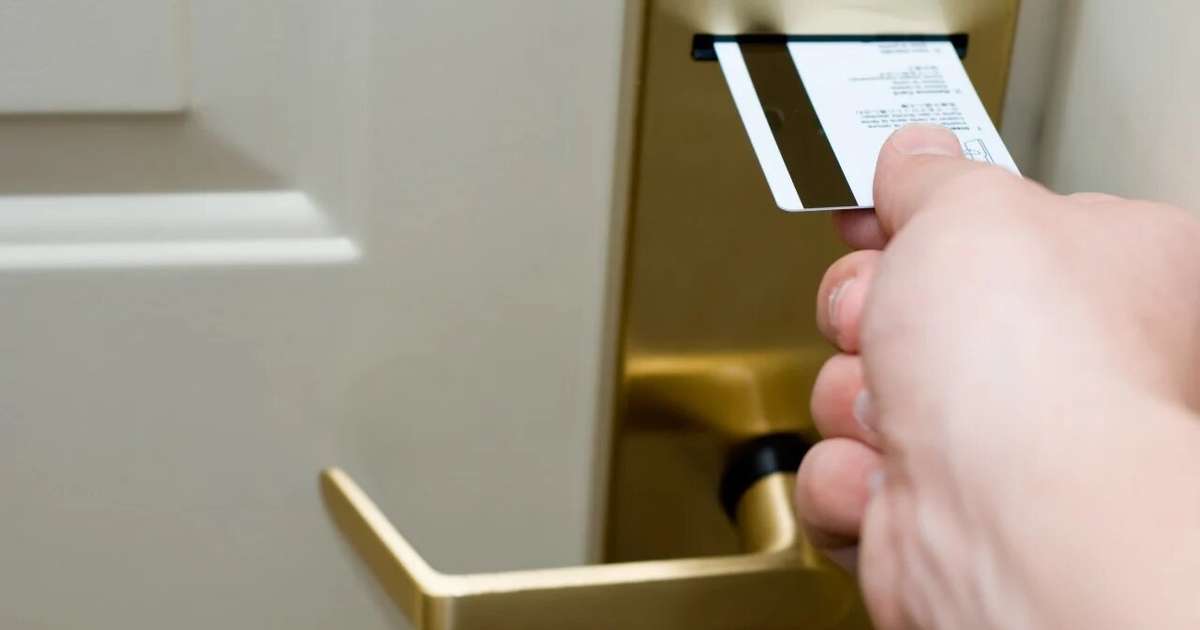
As he slipped the key card into the reader on his hotel room door and tried the handle – to no avail – he realised what he had done.
For years, Steven Murdoch, a security researcher at University College London, had taken care not to put tickets or cards with magnetic stripes in his pocket next to his smartphone. This is because the magnets in smartphones are sometimes strong enough to wipe the data on magnetic stripes.
But so-called magstripe hotel key cards are rare these days, increasingly superseded by contactless cards with radio frequency identification (RFID) chips inside them.
As such, during his hotel visit in January this year, Prof Murdoch forgot to take precautions and, he concludes, wiped his room key – having used it only once.
“I should have known better, this is the sort of thing I do know about,” he says. Upon arriving back at reception, he realised he was not alone.
“There was a queue of people with exactly the same problem as me,” he recalls.
The magnetic stripe was invented by an IBM engineer in the 1960s – his wife was instrumental in the process as it was she who suggested melting a strip of magnetic tape onto a card using a clothes iron.
In the decades since, magstripes have been used on bank cards, rail tickets, IDs and even cards containing medical information, to set up hospital machines.
But that murky brown strip of plastic usually made with polluting heavy metals may not be around for much longer.
From this year onwards, for instance, Mastercard will not require banks to put a magnetic stripe on debit and credit cards.
For ticketing, new technologies including printable barcodes and reusable contactless cards are considered more environmentally friendly and potentially more convenient.
You also can’t wipe them by accidentally putting them too close to your iPhone.
There are, broadly, two kinds of magnetic stripe, called HiCo and LoCo. The latter is cheaper, less durable, and more susceptible to disruption from magnets, says Lee Minter, head of global operations at Nagels, which makes magstripe tickets and other products. Recently, the company investigated reports from a customer who said multiple magstripe tickets they had bought had got corrupted.
Mr Minter says he can’t be 100% sure but he and his colleagues are of the opinion that it was caused by part of a circular magnet within the customer’s iPhone.
Read the full article at bbc.com


